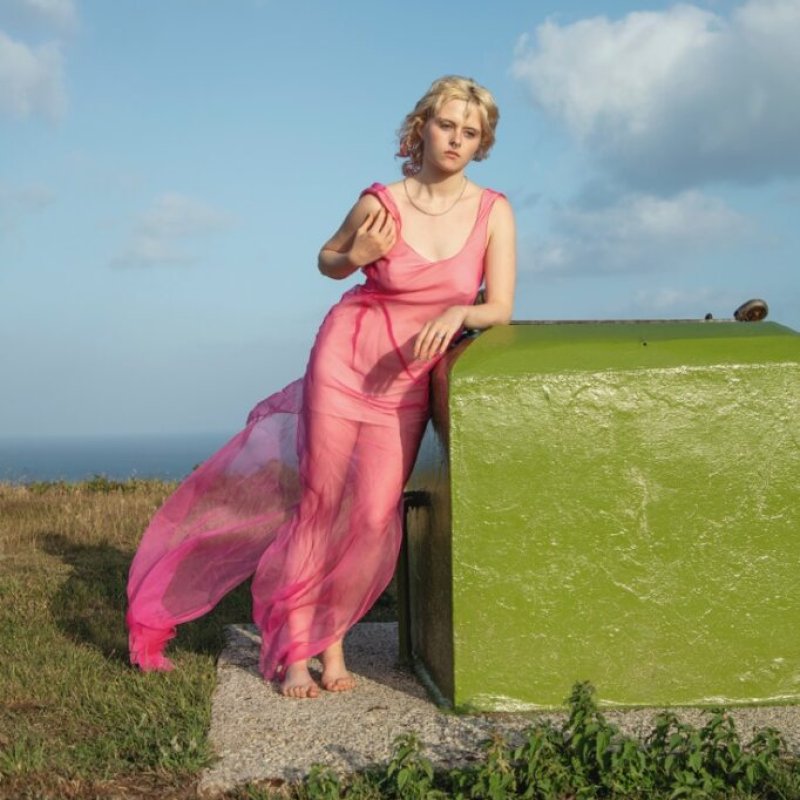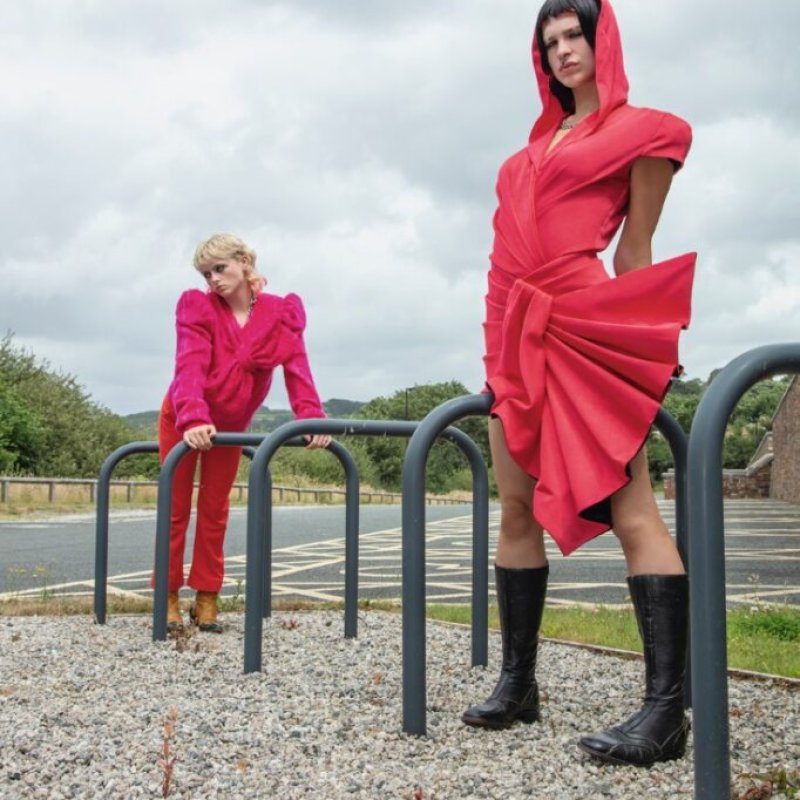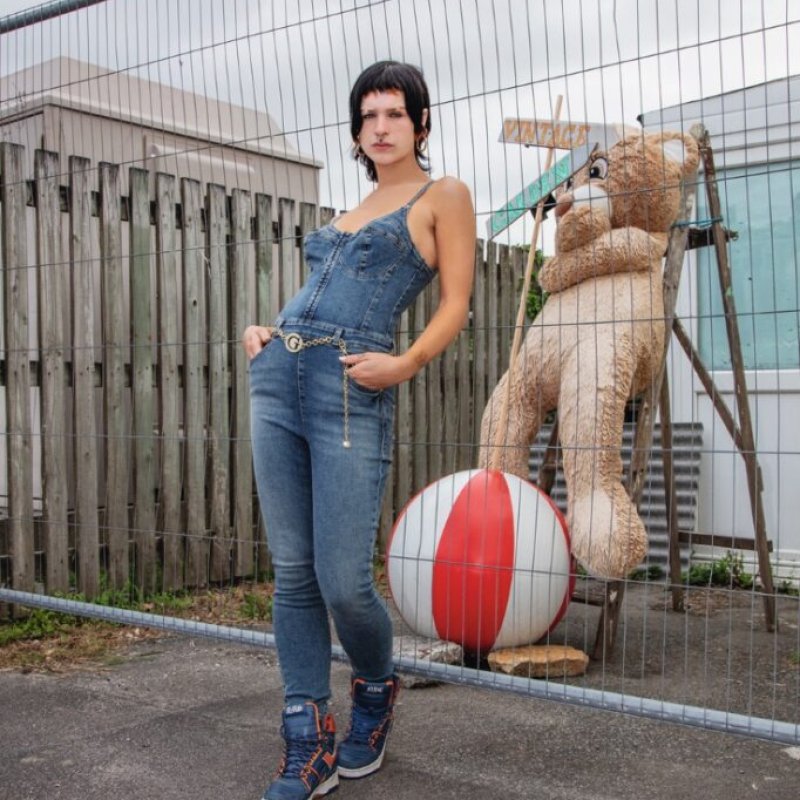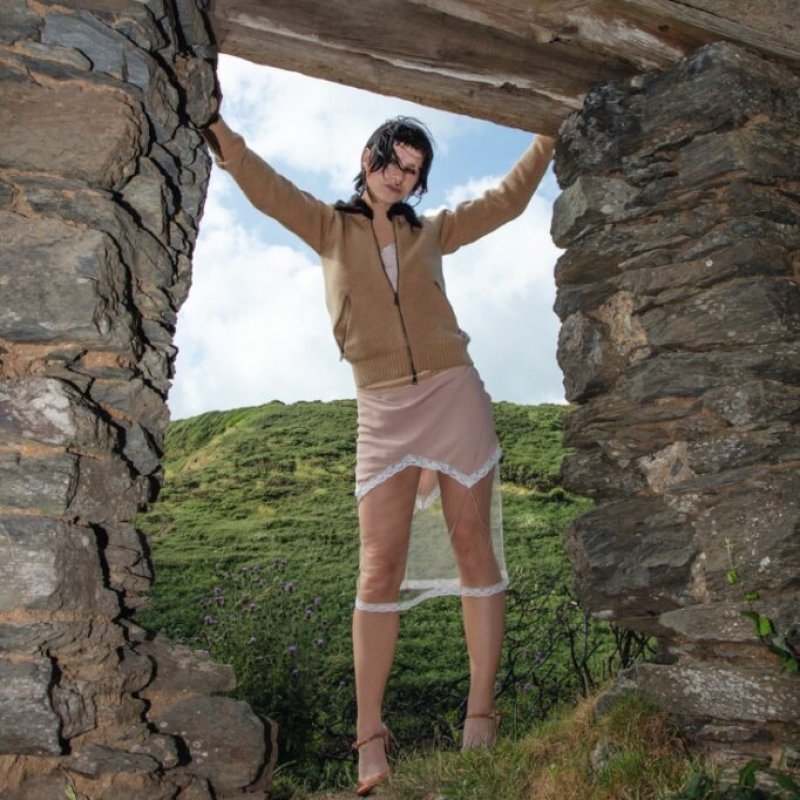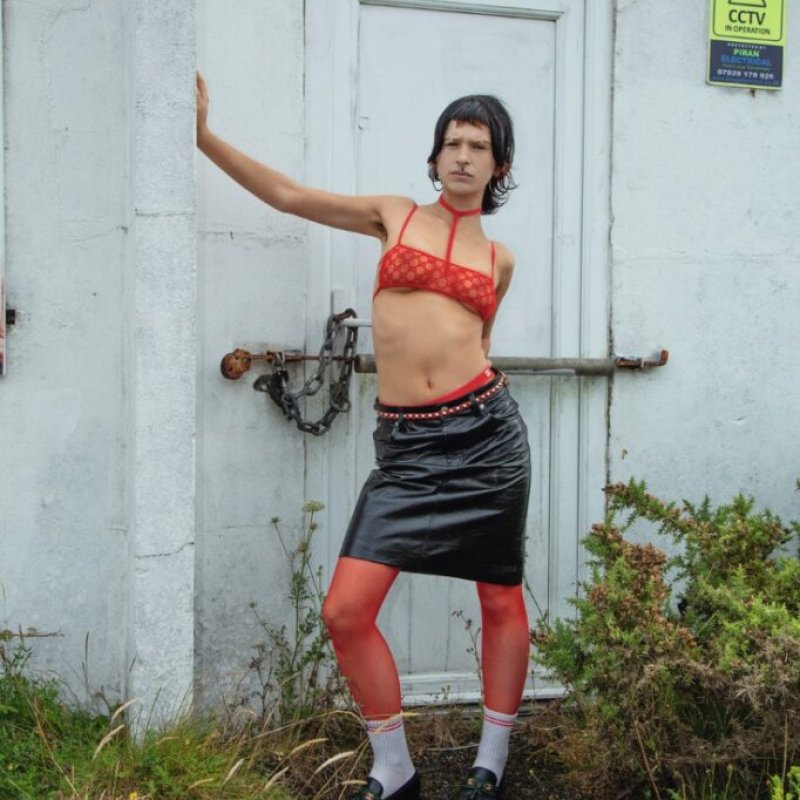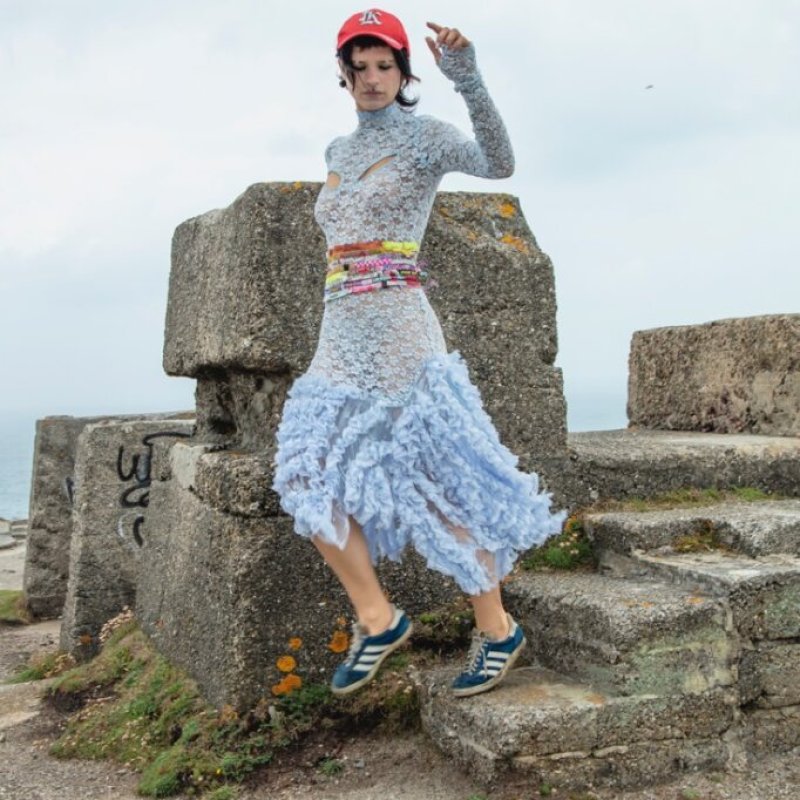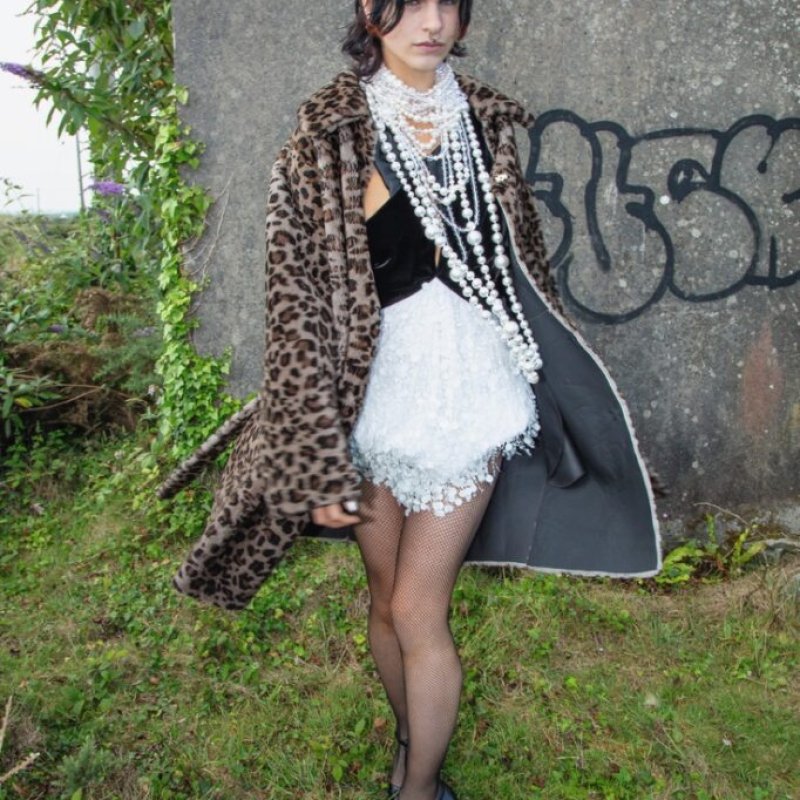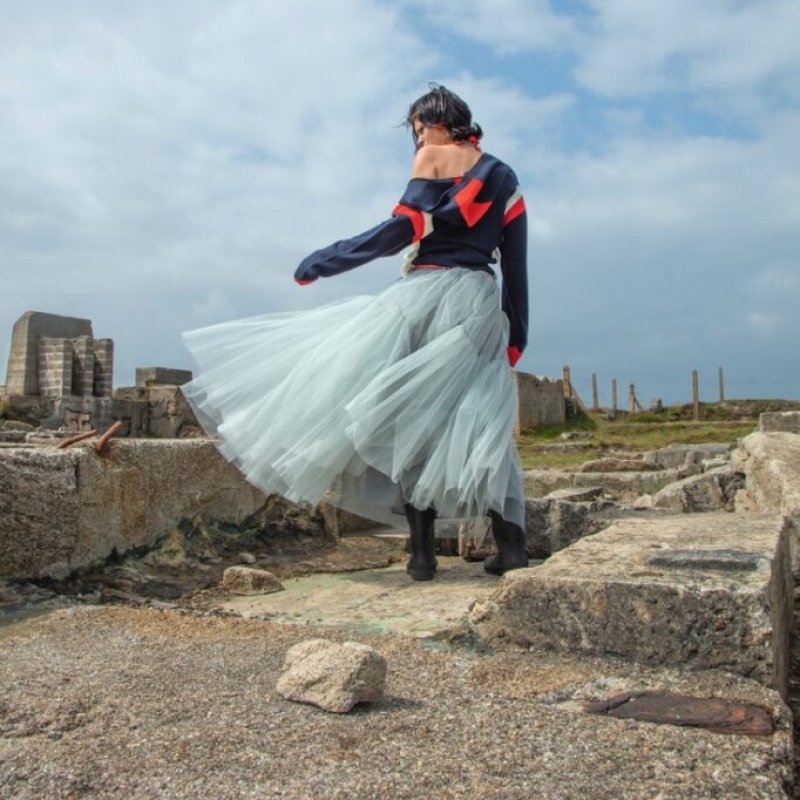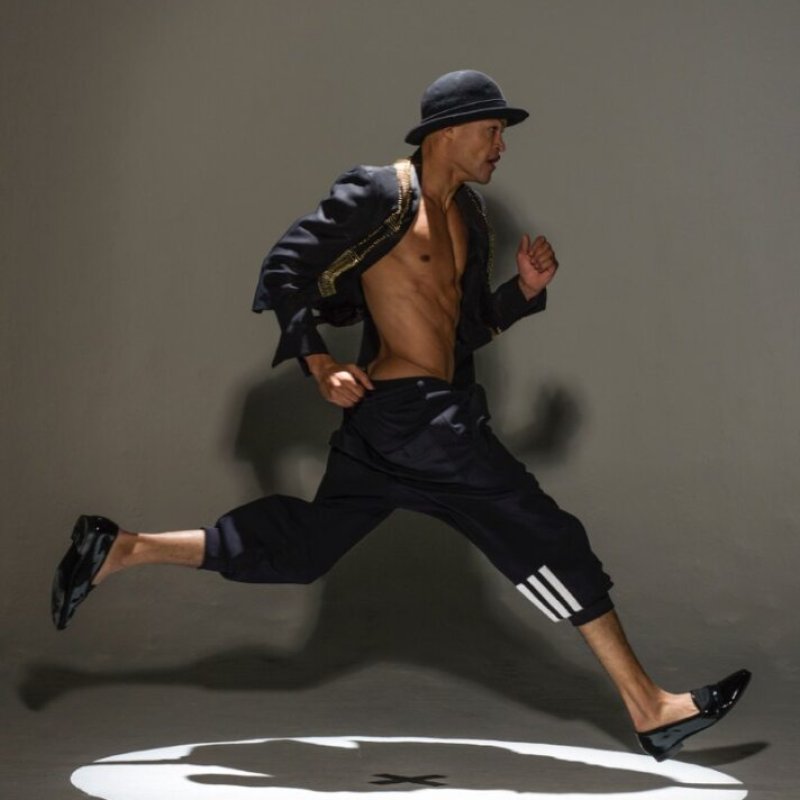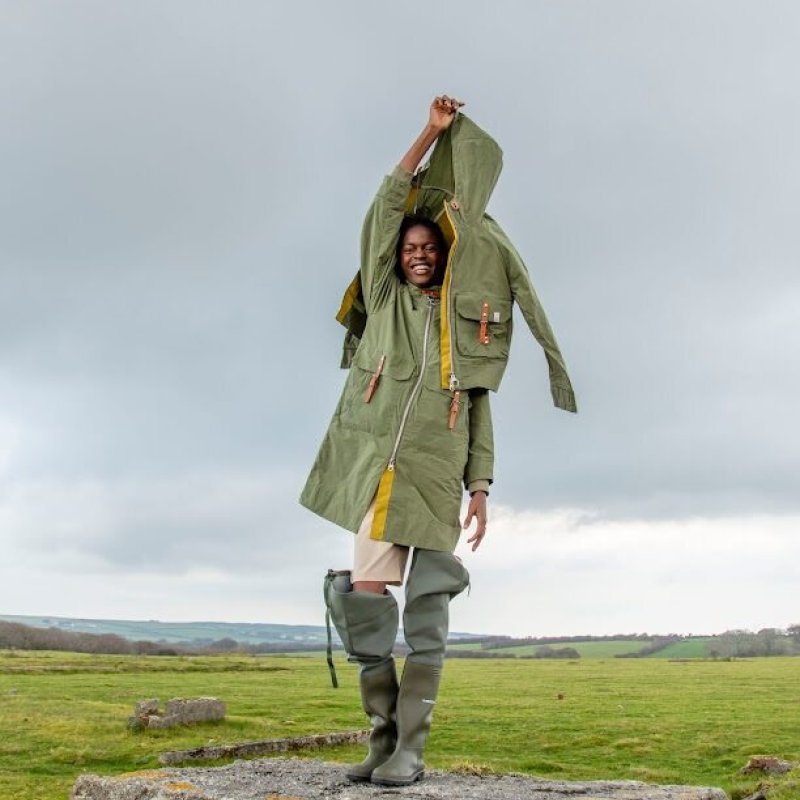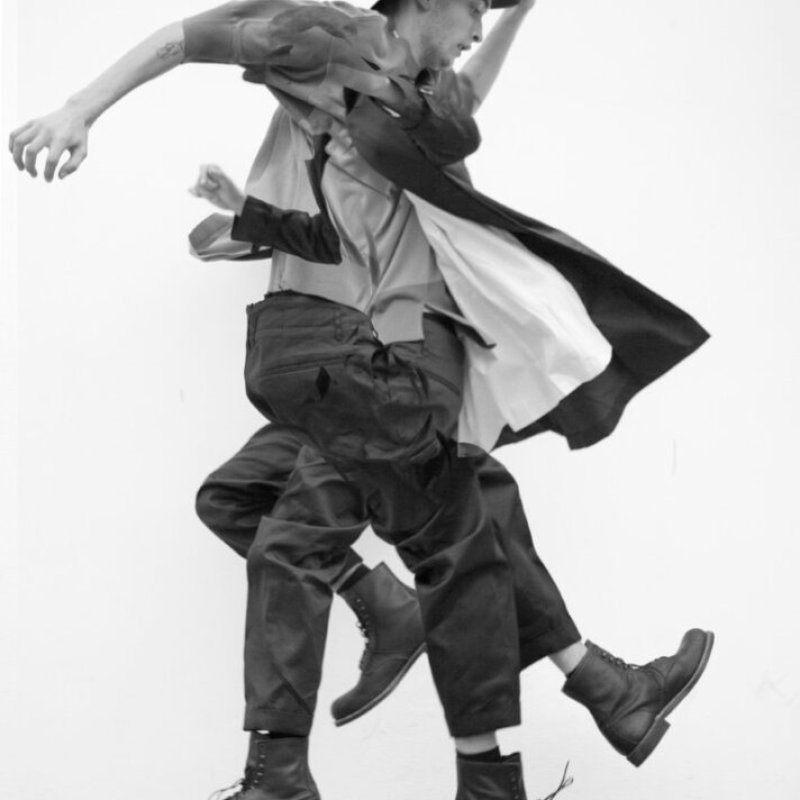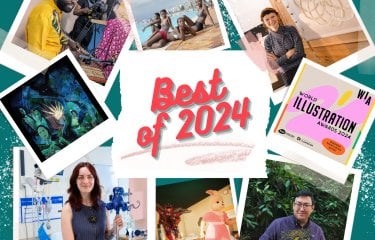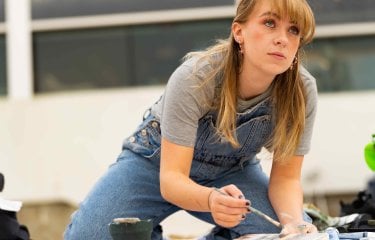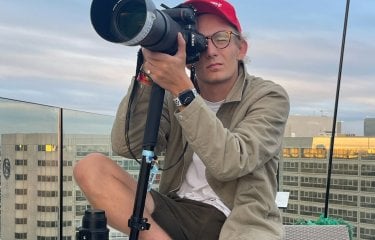5 Minutes with: Anti-Fashion Photography Disruptor, Donald Christie
03 May 2024
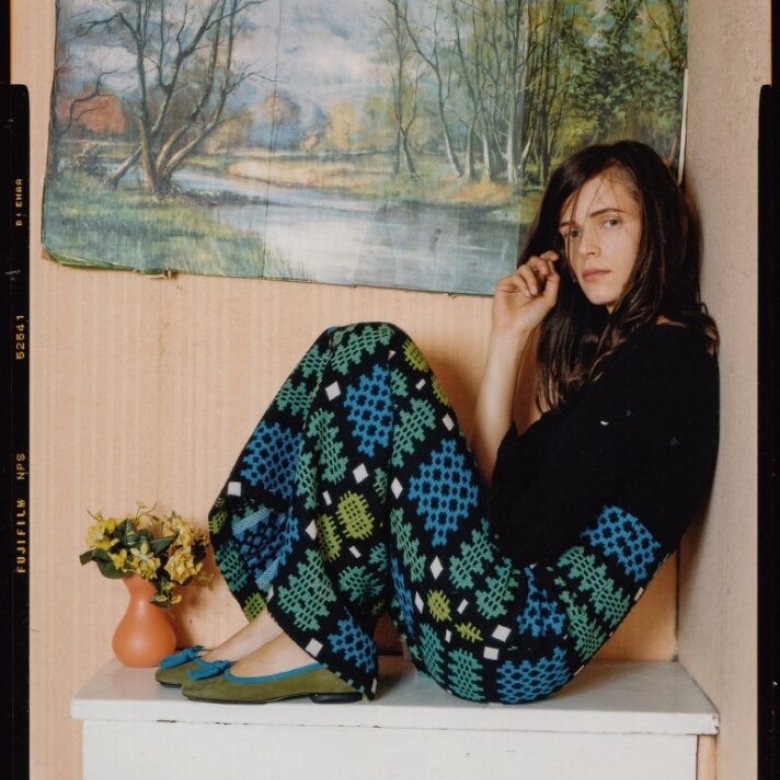
Donald Christie’s iconic photography style was a seminal part of the ‘anti-fashion’ 1990s youth movement, with his work in-demand by fashion brands and legendary artists (he counts Nick Cave, New Order and Massive Attack among his subjects). Donald now continues to produce powerful work that confronts traditional notions of fashion and artistic representation, alongside a role as Senior Lecturer on Fashion Photography BA.
We sat down for a quickfire interview with Donald, focusing on how the media industry is changing, his career and some advice for new photographers breaking onto the scene.
Q: You recently had a feature, Leaving Normal, published in 10 Magazine. What was it like to reunite with fashion editor and stylist Tara St Hill for the shoot?
DC: I have known Tara for a long time! I met her when she was only a teenager, and she is now an established presence. [Legendary fashion photographer] Corinne Day introduced us; Tara was the stylist in many of Corinne’s shoots, and our styles were complementary.
Photographer: Donald Christie
Fashion Editor: Tara St Hill
Models: Roisin Salmon and Em Tunnicliffe
Where did the initial inspiration for the feature come from?
Shooting in London and the surrounding area is problematic for many reasons. So, we decided to shoot in Cornwall, with locations in Truro, Nare Head and Cligga Head.
We stayed locally – very locally, the team stayed in my house! - Tara, our styling assistant and two models. Thankfully 10 Magazine provide expenses for every shoot, allowing me to keep the crew fed.
Your body of work as a photographer is vast, with a career focus on portrait and fashion photography. Have you noticed your style or approach evolve over time?
The breakthrough for me was shooting digitally. Shooting analogue film, I needed to factor in the processes and printing costs of every frame which is a huge expense when I was less established. Shooting digitally is a free process, and means the whole process is quicker – from the shoot to submitting the final proofs to magazines or clients.
One of my first appointments was with graphic designer Peter Saville, and he commissioned me to photograph New Order (at their Manchester and Glasgow shows, plus a tour of the USA) and Sir Paul McCartney (for shows in Miami and Liverpool).
As a senior lecturer on BA Fashion Photography here at Falmouth, you are pushing the boundaries of what ‘fashion photography’ can do. Where do you see the practice going in future?
AI is going to have significant impact on fashion photography, particularly in lookbooks and e-commerce.
For example, many students that I teach now are taking advantage of some of the features of AI; they produce an image and upload to an AI, then use prompts to alter the image to another version of the original image. It’s all within their creative control, and makes for interesting products.
On the converse side, we’ve seen a real increased interest shooting analogue film, particularly with younger people, they see this a more ‘honest’ way of taking a photograph.
Finally, is there one piece of advice you’d give to your younger self, starting out as a photographer today?
I was extremely fortunate to gain a spot at a photographic agency before I was established. Because I was living in London, networking and appointments were easier at that time. One of my first appointments was with graphic designer Peter Saville, and he commissioned me to photograph New Order (at their Manchester and Glasgow shows, plus a tour of the USA) and Sir Paul McCartney (for shows in Miami and Liverpool).
This was before newer media platforms such as Instagram. I use this extensively to promote my work now, both under my known name and my more experimental works and NFTs, as Therapeutic Vision.
If I was giving advice to younger photographers, which I do when teaching, it would be to use various media platforms (Instagram, TikTok etc.), extensive networking and appointments. Try to create an appointment with creative directors, magazines or anyone that could commission you.
Nothing ventured, nothing gained; you can't expect to achieve anything if you never take any risks!
